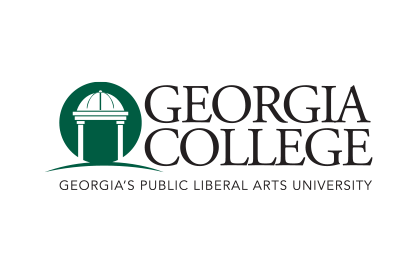Project Title
Does Basketball Team Performance Affect APR Score
Faculty Mentor(s) Name(s)
Brooke Conaway
Abstract
In 2006, the NBA introduced the “one-and-done rule” requiring players to be one year removed from high school and 19 years or older to be eligible for the draft. Around the same time in 2004, the National Collegiate Athletic Association (NCAA) created academic progression rates (APR) for division one teams. Punishments are placed on teams with scores below a certain benchmark. Division one colleges attract players with the best chances of making it to the NBA; however, players have little incentive to remain academically eligible after their first year if they plan to enter the draft. Controlling for coaching changes, and team and year-fixed effects, I use an ordinary least squares regression technique to test whether win percentage and tournament appearances affect APR scores for division one men’s basketball teams. I find that appearing in a tournament is associated with a higher APR score but win percentage has no statistically significant effect. Experiencing a coaching change is associated with a lower APR score. These results suggest the “one-and-done” rule has not created incentives that negatively impact academic progression rates. This information could also help inform decisions made by collegiate athletic directors.
Does Basketball Team Performance Affect APR Score
In 2006, the NBA introduced the “one-and-done rule” requiring players to be one year removed from high school and 19 years or older to be eligible for the draft. Around the same time in 2004, the National Collegiate Athletic Association (NCAA) created academic progression rates (APR) for division one teams. Punishments are placed on teams with scores below a certain benchmark. Division one colleges attract players with the best chances of making it to the NBA; however, players have little incentive to remain academically eligible after their first year if they plan to enter the draft. Controlling for coaching changes, and team and year-fixed effects, I use an ordinary least squares regression technique to test whether win percentage and tournament appearances affect APR scores for division one men’s basketball teams. I find that appearing in a tournament is associated with a higher APR score but win percentage has no statistically significant effect. Experiencing a coaching change is associated with a lower APR score. These results suggest the “one-and-done” rule has not created incentives that negatively impact academic progression rates. This information could also help inform decisions made by collegiate athletic directors.

